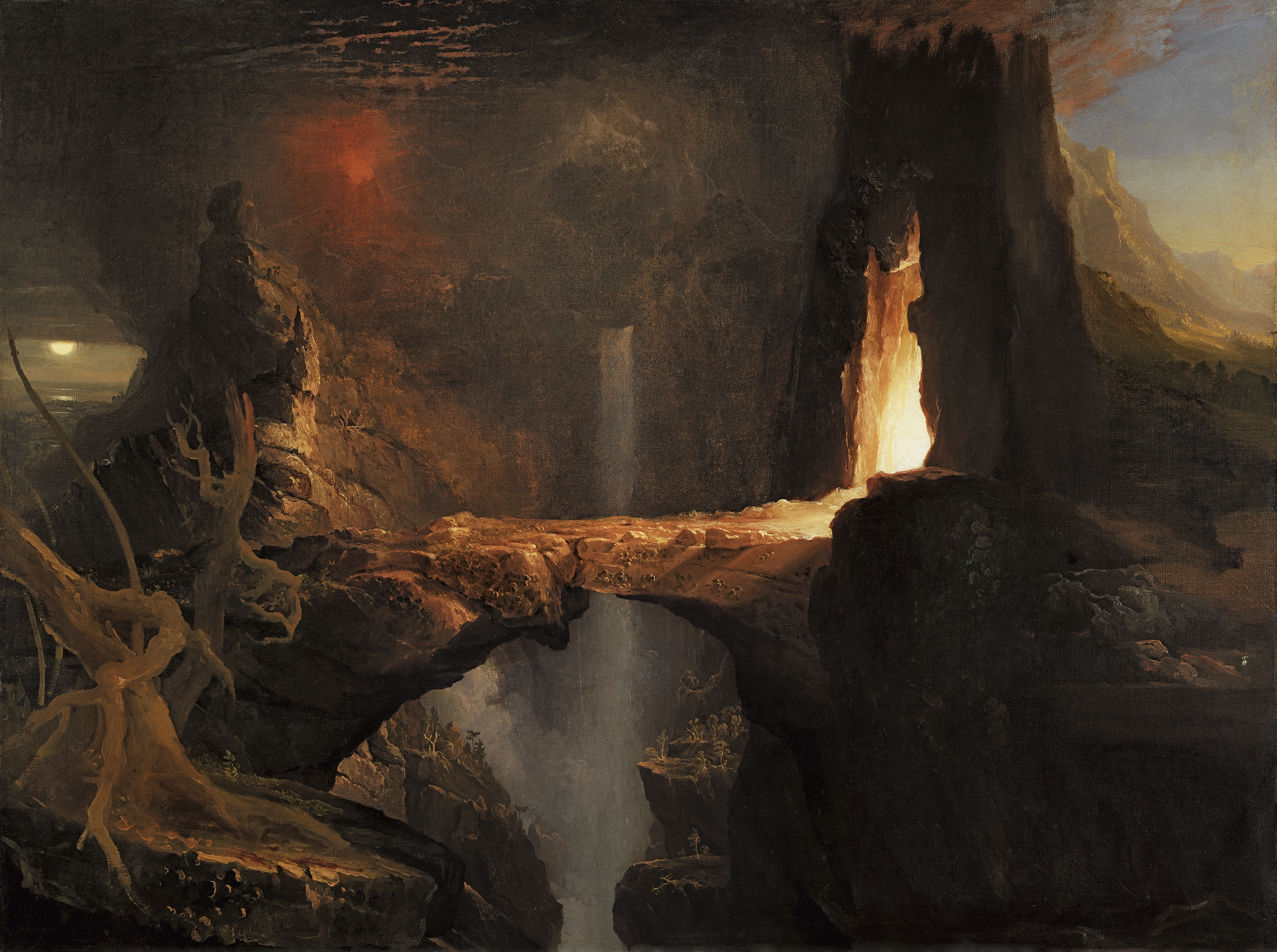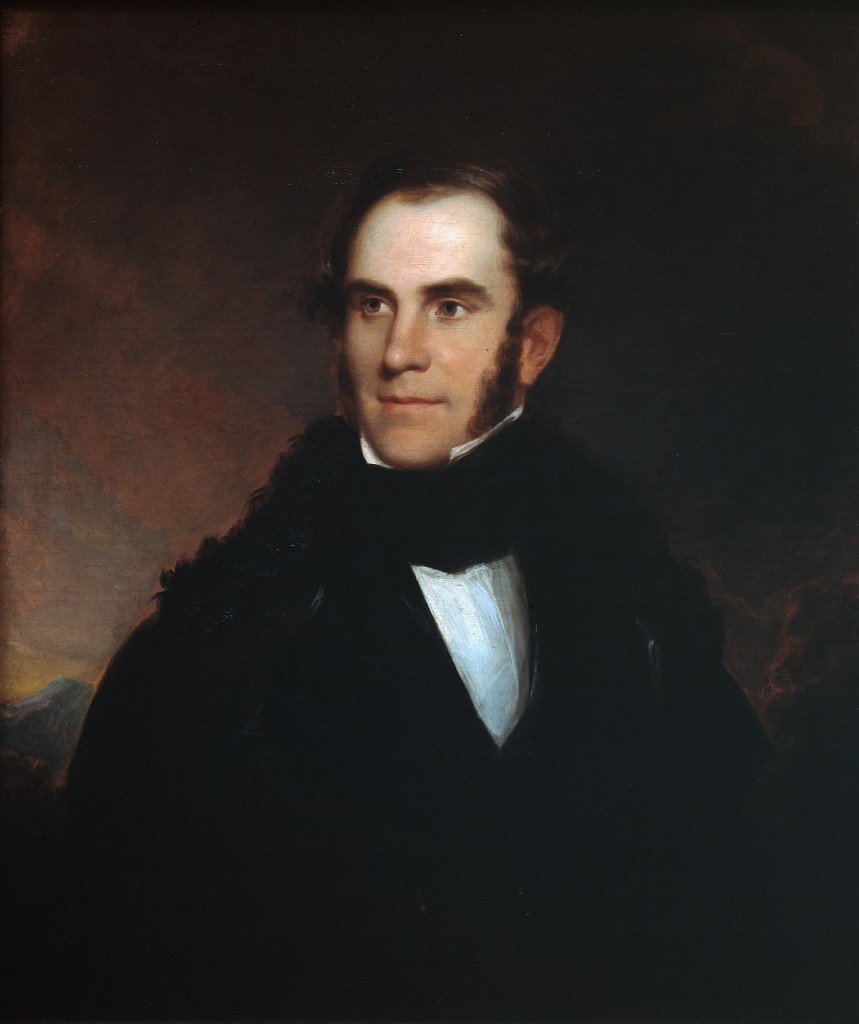As the year comes to end for me in my Humanities 310 course, there is a lot to reflect on. Looking back to the first week for this course reach higher then my expectations; the majority of the class was really enjoyable and fun to learn about. The goals that I had for myself were to accomplish the course with at least a B or higher. Typically when it comes to classes with a lot of reading I usually struggle in, but this course noy only made it enjoyable but really easy to follow. When we first began to read Shakespeare there were struggles for me personally to comprehend the material, but after a while and through a discussion we as classmates gave advice to one another on how to succeed when it came to Shakespeare which truly helped a lot.
 |
What had interested me most about the class was wanted to learn about how the power of kings and queens had back then and the influence of the church. These are topics that really get my attention and really interest me how it has affected our present day. There is a lot to learn from our past not only from our own countries, but from others as well. I think it is really cool to see and study how other parts of the were doing in different eras. Something I learned in class was about what royal families their were and how they came to power. It was really interesting to learn how power was inherited to the son, but there were many out there who wanted the throne and did whatever it takes to do so. Something else I had learned was about architecture. Something I came in knowing prior to taking the course was the Protestant Reformation. This was a topic that I had studies on my own and was really glad to expand my knowledge about it even further.
Shakespeare, William, et al. Hamlet. Gallimard, 2016.
 |
- The play Hamlet will forever sit as a long time favorite to me when it comes to Shakespeare works. The story has slow start in the beginning, but as you read along to the play it sky rockets like a rapid roller coaster. There are never dull moments in this play and really focuses on the idea of revenge. The play will always leave you asking yourself what will happen next and as it is a play from Shakespeare it will never disappoint anyone's expectations.
De, Beaumarchais Pierre Augustin Caron, et al. The Marriage of Figaro. Oberon Books, 2003.
The Marriage of Figaro was a a new work that was introduced to me this year. I did not really have any expectation for this opera as I had not really known much about so I just dove right in. Not me being the biggest fan of opera it really surprised me by how good the story telling was. Figaro, being our main protagonist, was deeply in love and was bout to experience his very own wedding, but he had suspected oh his own wife not being faithful. Though one of the shorter works I have ever encountered, it really did the job well and did everything right. The ending will caught you off guard and not really something you would predict.


:format(jpeg):mode_rgb():quality(90)/discogs-images/R-7080588-1433257214-8473.jpeg.jpg)
